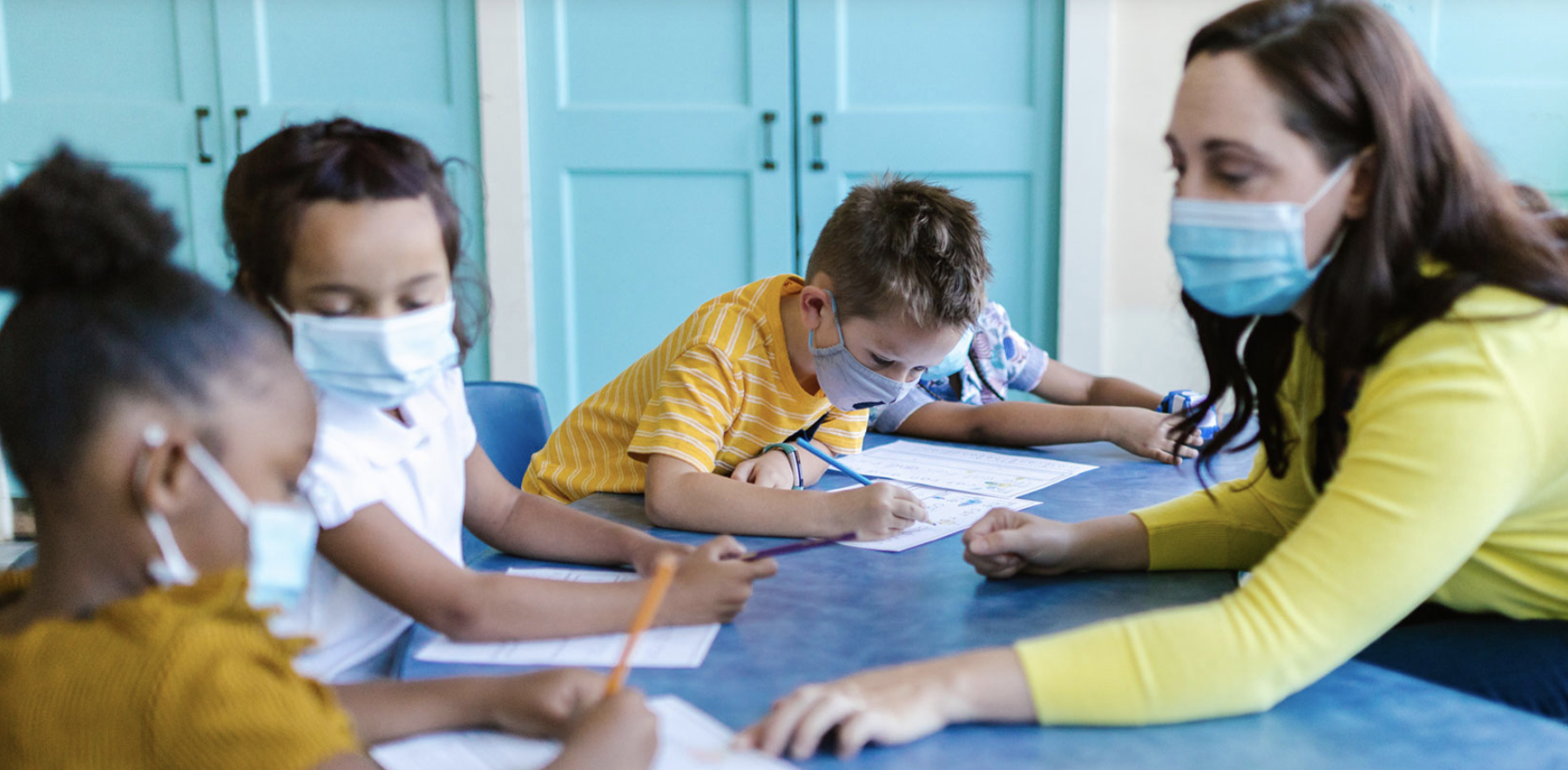(Repost of an September 2022, announcement from SRI.com: https://www.sri.com/press/announcements/new-ies-network-seeks-to-scale-solutions-to-learning-loss/.)

The full impact of the COVID-19 pandemic on students at all levels of education is still emerging. The recent release of the 2022 NAEP Long Term Trends report shows what many educators and researchers feared: significant education progress was lost because of the pandemic. The Leveraging Evidence to Accelerate Recovery Nationwide (LEARN) network, a new three-year grant funded by the Institute of Education Sciences (IES) and led by SRI International, constitutes one element of the federal strategy to address both long-standing student learning achievement gaps and those exacerbated by the COVID-19 pandemic. With the first decline ever in mathematics and the largest average-score decline in reading since 1990, now more than ever it is important to identify products and practices that can accelerate students’ learning.
The LEARN network aims to adapt and scale evidence-based practices/products (EBPs) that have the potential to accelerate students’ learning and help educators address learning loss related to COVID-19. Researchers have developed promising products and interventions that have evidence of benefiting students, yet often these discoveries don’t make their way from research to the classrooms. Leveraging a framework developed by its corporate arm, SRI Ventures, SRI is uniquely positioned to support IES’ goal of rapidly and intentionally bringing EBPs to scale. In collaboration with IES, SRI explored how its Invent, Apply, Transition (I-A-T) framework can apply to education. The I-A-T framework, outlined in this report, identifies a number of key factors to support researchers in thinking about scaling innovations, such as:
- Convenience. How easy or hard is it for educators to incorporate this evidence-based practice or product into their school or district environment?
- Scope. Is this a comprehensive solution or an add-on to other curricula?
- Commercialization. How can this evidence-based practice/product be brought to market given the scope and the ways in which districts and schools make decisions?
The LEARN network includes four teams of researchers focused on scaling existing EBPs in K–8 literacy or mathematics: Targeted Reading Instruction (TRI) for students in K–3, Integrating Classwide Fraction Intervention with Peer-Assisted Learning Strategies for students in grades 2–6, Peer-Assisted Learning Strategies (PALS) Reading to improve learning for underrepresented student groups, and an adaptation of the Strategic Adolescent Reading Intervention (STARI) for underserved middle-grade students.
SRI will provide capacity-building support to guide the teams in applying the I-A-T framework to their products with an emphasis on equity of how products are adapted and disseminated. The capacity-building efforts will pay particular attention to educators’ contexts, decision-making processes and criteria, as well as usability and pathways to scaling with fidelity.
Dr. Rebecca Griffiths, principal investigator of the LEARN Network team, shares “our team at SRI is excited to lead this network to accelerate the adoption of educational products and interventions that schools urgently need to help students catch up after COVID. We also look forward to adapting SRI’s time-tested approach to transitioning innovations from research to practice at scale.”
Over time, SRI and IES will build a set of tools and resources to help researchers, developers and educators implement these strategies on their own. So, while tackling learning loss due to COVID now is especially important, the LEARN network will create a blueprint for tackling future challenges and bringing EBPs to scale.
The publication was supported by the Institute of Education Sciences, U.S. Department of Education, through Grant R305N220012 to SRI International. The opinions expressed are those of the authors and do not represent views of the Institute or the U.S. Department of Education.
Tags: Access and equity Application Evidence-based Innovation Policymakers Research & Developers Research and evaluation Transition
